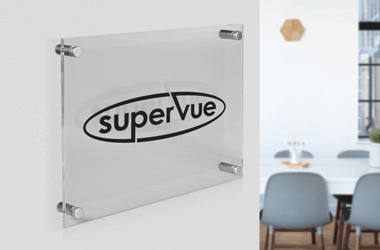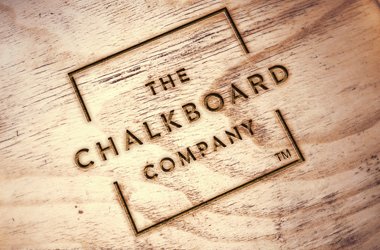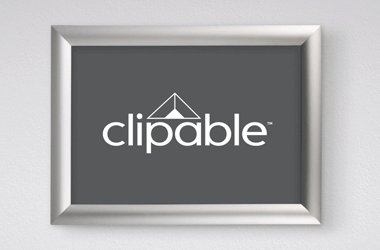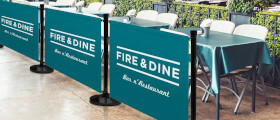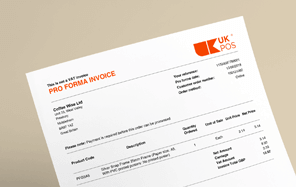Required Signage For Licensed Premises
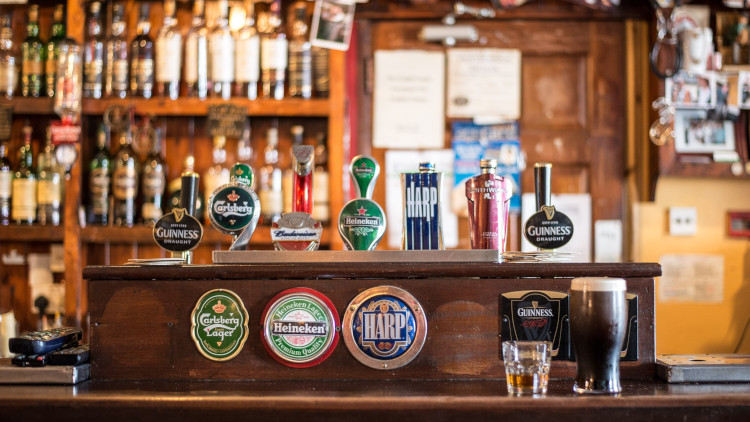
Required signage for licensed premises: what you need to know
When setting up a pub, bar, or nightclub, there’s plenty to think about - from securing the right licences to creating the perfect atmosphere for your patrons. However, one often overlooked aspect of running a licensed premises is ensuring that all legally required signage is in place.
It might not be the most exciting part of the process, but failing to display the correct signs can lead to fines, enforcement action, or even jeopardise your licence.
Knowing what signage must be displayed on licensed premises isn’t just about ticking boxes - it plays an important role in protecting your customers, staff, and business.
From informing patrons about age restrictions and promoting responsible drinking, to highlighting safety information and emergency procedures, these signs ensure that everyone knows their rights and responsibilities.

In this guide, we’ll walk you through the key types of licensed premises signage you’ll need to display to stay compliant - and why getting it right from the start is crucial for the smooth running of your business.
1. Licensing Summary of the Premises
As required by the Licensing Act 2003, all licensed premises must prominently display a summary of the premises licence. This document outlines key details such as the licence holder, the designated premises supervisor (DPS), and the permitted activities and operating hours. Displaying this information in a sign holder ensures that staff and customers are aware of the conditions under which the premises operate and demonstrates compliance with licensing regulations.
2. Price List

Displaying a clear and accurate price list of alcoholic beverages available for sale is a legal requirement.
This helps to maintain transparency and clarity about pricing.
Customers should be able to make informed decisions about their purchases, and having prices clearly visible can also help avoid disputes over charges.
3. Weights and Measures Notice
Under the Weights & Measures (Intoxicating Liquor) Order 1988, licensed premises must display a notice specifying the standard serving measures of alcoholic drinks such as beer, wine, and spirits. This way, you can ensure customers are well informed. Compliance with these regulations also helps maintain fair trading standards and builds trust with your patrons.
4. No Smoking Policy
The Smoke-free (Signs) Regulations 2007 stipulate that at least one clearly visible ‘No Smoking’ sign must be displayed at the entrance or within the premises. This sign serves as a reminder to customers and staff that smoking is prohibited indoors, helping to ensure compliance with smoke-free laws and maintaining a healthier environment for everyone. Failure to display this signage can lead to fines and enforcement action.
5. Registered Company Name
If your business operates as a company, the Companies (Trading Disclosures) Regulations 2008 require you to display a sign with the company’s registered name. This sign should be clearly visible at the premises to provide transparency about the legal identity of the business. Ensuring compliance with this requirement avoids potential penalties and reinforces trust and professionalism.
6. Health and Safety Information
Employers have a legal duty to inform staff about health and safety regulations. Displaying a health and safety law poster or providing employees with an equivalent leaflet is a requirement. This poster outlines the duties of employers and employees and provides essential contact details for reporting concerns. By ensuring this information is accessible, you promote a safer working environment and demonstrate your commitment to employee welfare.
7. Food Allergy Information
Since the introduction of EU Food Information for Consumers Regulations in 2014, all food businesses are required to provide information about 14 key allergens that may be present in the food and drinks they serve. These allergens include common ingredients such as gluten, peanuts, eggs, milk, and shellfish. Clear communication of allergen information in your menu displays protects customers and reduces the risk of serious health incidents.
8. CCTV Signage
If your premises are monitored by CCTV, the Data Protection Act 1998 requires that you display appropriate signage informing customers that surveillance is in operation. These signs should be clearly visible and include details such as the purpose of the CCTV and the organisation responsible for the system. Proper notification not only fulfils legal requirements but also reassures customers that their privacy is respected and contributes to the overall security of the premises.
9. Fire Safety and Evacuation Plans
It is essential to display clear and easy-to-understand fire safety and evacuation plans to guide staff and customers in the event of an emergency, as part of the Regulatory Reform (Fire Safety) Order 2005. These plans should highlight escape routes, assembly points, and fire extinguisher locations. Well-placed signage can make a critical difference during an emergency by helping to prevent panic and ensuring a safe and orderly evacuation.
The following are not legal requirements, but are good practice:
Age verification policies
Displaying your Challenge 25 policy encourages staff to verify the age of anyone who looks under 25. This helps to prevent the sale of alcohol to minors. This not only ensures compliance with the law but also protects your business from fines, licence reviews, and reputational damage by demonstrating a proactive approach to responsible alcohol service.
Food hygiene rating
Prominently displaying your Food Hygiene Rating reassures customers that your premises meet high standards of cleanliness and food safety. A good rating can enhance your reputation, build trust with patrons, and give your business a competitive edge by highlighting your commitment to maintaining a safe and hygienic environment.
Strobe lighting warnings
If strobe lighting is used, signage should be installed to advise customers of strobe use. This ensures that anyone at risk of adverse effects from strobe lighting is aware of the risk and able to protect themselves.
Notices to customers to enforce appropriate behavior
Examples could include "Please leave the premises quietly", "No drugs allowed" etc.
Cleaning schedules in toilets
This simultaneously ensures a high standard of cleanliness in your venue, and reassures customers that hygiene concerns are taken care of.
Furthermore, it's wise to consider toilet advertising. Toilets typically hold a captive audience in a quiet moment, making it a great location for promotions.
You can either advertise events in your own venue, or generate income by using this space to display notices from other businesses, charging them a fee for use of this advertising space.
Place snap frames on the back of cubicle doors, by hand dryers, above urinals and on the walls.
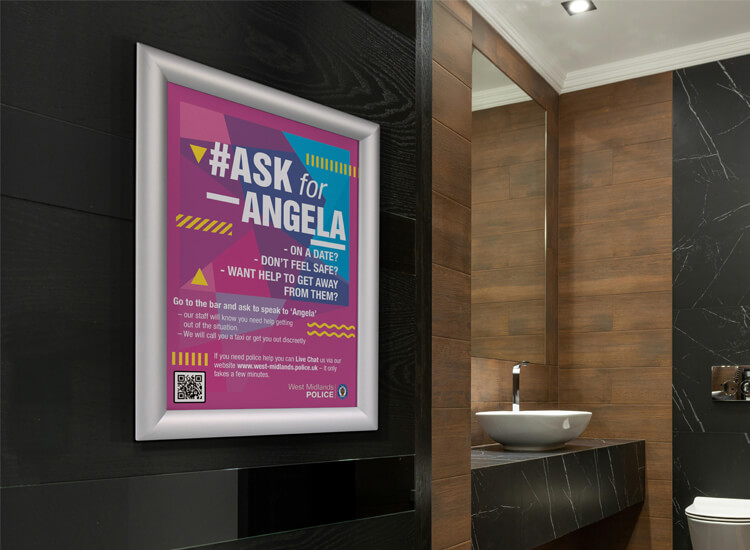
Final Thoughts: Stay Compliant and Protect Your Business
Making sure that all legally required signage is properly displayed in your pub, bar, or nightclub isn’t just a matter of regulatory compliance - it’s a crucial step in safeguarding your business, your staff, and your customers. By staying on top of these requirements, you’re not only avoiding potential fines or licence issues but also creating a safer and more informed environment for everyone who walks through your doors.
Whether you’re setting up a new venue or taking over an existing one, taking the time to ensure your signage is correct and up to date will give you peace of mind and keep your business running smoothly. If in doubt, it’s always worth double-checking with your local licensing authority to confirm that you’re meeting all current legal obligations.
By prioritising compliance from day one, you can focus on what really matters - delivering a great experience for your customers!
If you found this useful, check out our Pubs, Bars and Nightclubs Hub for more advice, guidance and product recommendations!
-

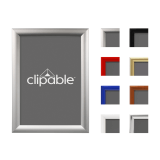
Snap Frame 25mm Frame
PFG In stockFrom: £3.50 ex. VATView -


Freestanding Single Sided Acrylic Poster Holder
AS1 In stockFrom: £0.49 ex. VATView -
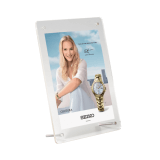
Acrylic Show Card Photo Holder
AD5 In stockFrom: £9.23 ex. VATView -


Stainless Steel Door Sign Multipack
DSM In stockFrom: £8.99 ex. VATView









